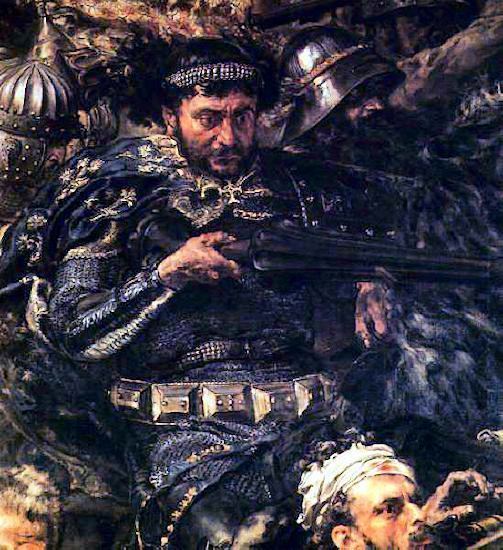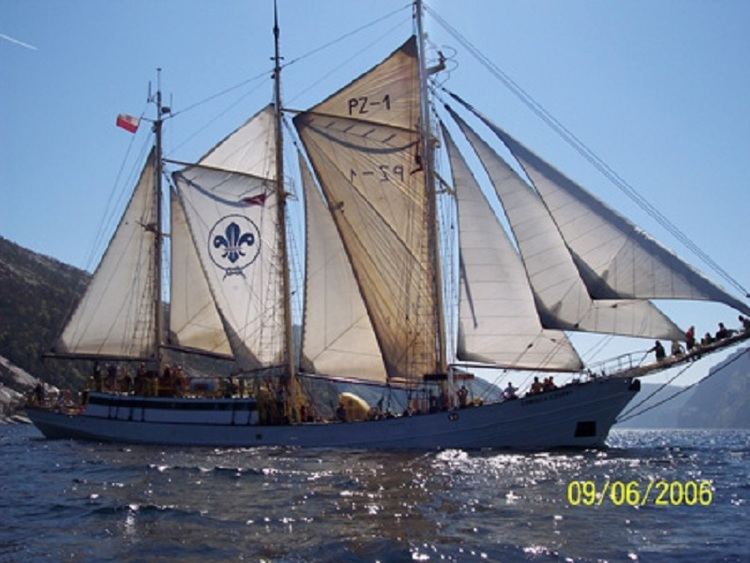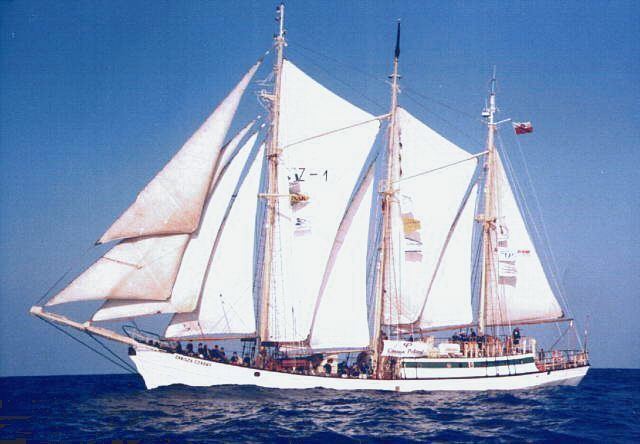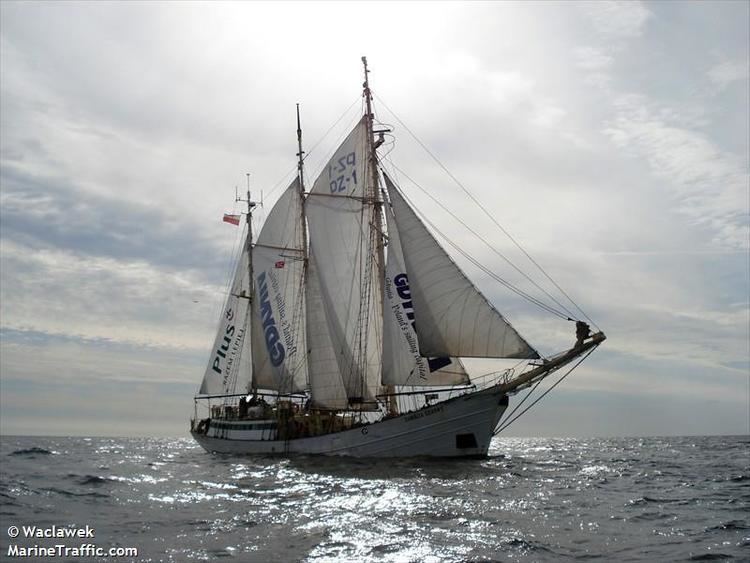Service/branch Cavalry Role Knight Name Zawisza Czarny | Memorials Golubac fortress Rank Knight | |
 | ||
Spouse Barbara of Badolino (m. 1397) Parents Dorota z Garbowa, Mikolaj z Garbowa Siblings Jan Farurej z Garbowa, Piotr Kruczek Similar People Ulrich von Jungingen, Wladyslaw II Jagiello, Zyndram of Maszkowice, Mariusz Zaruski, Powala of Taczew | ||
The black knight zawisza czarny
Zawisza Czarny ([zaˈvʲiʂa ˈt͡ʂarn̪ɨ] or Zawisza the Black; c. 1379 – 12 June 1428), Sulima coat of arms, was a Polish knight and nobleman who served as a commander and diplomat under Polish king Władysław II Jagiełło and Hungarian-Bohemian king Sigismund of Luxembourg. During his life, he was regarded as a model of knightly virtues and was renowned for winning multiple tournaments. His nickname is due to his black hair and his custom-made, black armor, which is kept at the Jasna Góra Monastery.
Contents
- The black knight zawisza czarny
- The best knight of early XV century Zawisza Czarny from Garbw Sulima coat of arms Poland v2
- Origin
- 141019
- War against Ottomans and death
- Family
- Legacy
- References

The best knight of early XV century - Zawisza Czarny from Garbów, Sulima coat of arms, Poland; v2
Origin

Zawisza was born in Stary Garbów, Kingdom of Poland (in modern south-eastern Poland), into a local noble family (of the Sulima), his father Mikołaj being the castellan of Konary-Sieradz (konarsko-sieradzki), while his mother was named Dorota. He had two younger brothers: Jan called "Farurej", the starost of Spisz; and Piotr called "Kruczek". In 1397, Zawisza married Barbara of the Piława clan, the niece of Bishop of Kraków Piotr Wysz, and they had four sons.
1410–19

In 1410 he took part in the Battle of Grunwald against the Teutonic Order. After the battle he and his close friend Stibor of Stiboricz proposed a peace treaty between the King Jagiełło of Poland and Sigismund of Luxembourg, then King of Hungary, which came to be known as the Treaty of Lubowla. In 1412 he participated in the conference between Sigismund, Wladyslaw II and Tvrtko II of Bosnia at Buda, where he won the tournament held there, with 1,500 knights present.

Zawisza was as much a diplomat as he was a warrior, being an envoy for the Polish king Władysław II and Hungarian-Bohemian king Sigismund of Luxembourg. As one of six diplomats that represented the Polish Kingdom and king Władysław II at the Council of Constance, he was one of very few supporters of the Church reformer Jan Hus, and consequently strongly opposed his condemnation and subsequent execution.

In 1416 he participated in a tournament in Perpignan in which he defeated the well-known knight John II of Aragon and Navarre. The following year, he became the starost of Kruszwica. In 1419 he went to Sigismund again, as a deputy of King Władysław II, to ask for the hand of Sophia of Bavaria, the widow of Sigismund's brother Wenceslaus of Bohemia. Subsequently, Zawisza participated in the Hussite Wars on the side of king Sigismund. During Sigismund's defeat at Kutná Hora (21 December 1421), Zawisza was taken prisoner by the Hussites and subsequently released in return for a high ransom.
War against Ottomans and death

In 1428, Zawisza, with his retinue as a commander of a light cavalry banner of 500 horsemen, joined the forces of Sigismund in the king's war against the Ottoman Turks. During that disastrous campaign he fought them at the Siege of Golubac on the Danube in modern-day Serbia. Sigismund's army was defeated and had to retreat across the Danube, with only a few boats to ferry the troops over to safety. Zawisza's banner was guarding the retreating army. Being a man of importance, he was personally sent for by king Sigismund. He allegedly refused to retreat saying: "There is no boat big enough to lift my honor" disheartened by the king's apparent cowardice. He was either killed in combat at Golubac or executed in Ottoman captivity.
Family
Zawisza was survived by his wife Barbara and their children:
He had a granddaughter, Barbara of Roznow, was the mother of the Polish Renaissance military commander, hetman Jan Tarnowski. Among further descendants of Zawisza were Hetman Stanisław Koniecpolski, Bogusław Radziwiłł, governor of the Duchy of Prussia and Henryk Dobrzański, the first guerrilla commander of the Second World War in Europe.
Legacy
During his life, he was regarded as a model of knightly virtues. After his death, he was praised by the Polish historian Jan Długosz, the poet and Canon of Gniezno Adam Świnka, and by King Sigismund of Luxembourg. Zawisza became a folk hero in Poland, famed for reliability, and loyalty. The Polish Scouts oath reads partly: "...polegać na nim jak na Zawiszy" ('[you can] rely on [a boyscout] as on Zawisza'). A monument to Zawisza at Golubac fortress, Serbia, bears the inscription: "In Golubac, his life was taken by the Turks in 1428, the famous Polish knight, the symbol of courage and honor, Zawisza the Black. Glory to the hero!" Several Polish football clubs and other sports teams were named after him, including, Zawisza Bydgoszcz.
Several dramas have been made based on his life.
